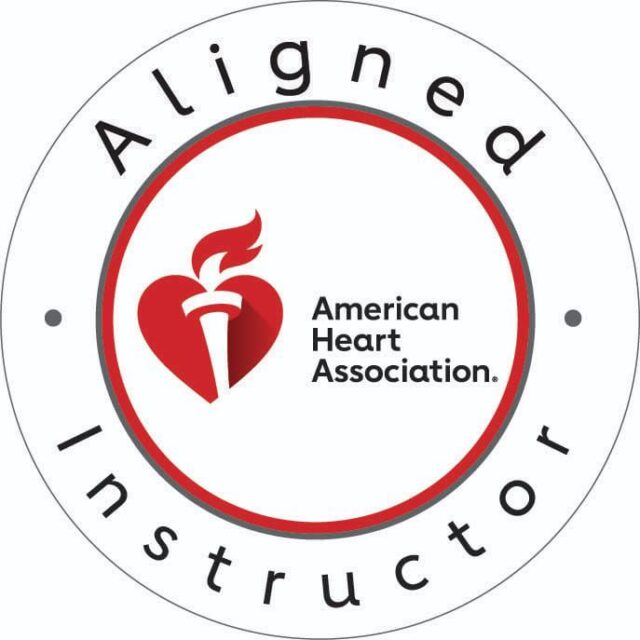As a caregiver who wants to care for people living with muscular dystrophy, having a firm understanding of what this illness is will help you offer care in the best way.
Muscular dystrophy is a group of genetic disorders that significantly impact the lives of those diagnosed with them. It is a condition marked by the progressive weakening and degeneration of muscle tissue, affecting mobility and muscle strength.
While there is currently no cure for muscular dystrophy, there are various ways to provide care and support to those living with this condition, enhancing their quality of life.
In this article, we delve into the world of muscular dystrophy, exploring its different types, symptoms, and available treatment options. We will also provide valuable insights into how to offer the best possible care for individuals facing the challenges of muscular dystrophy.
By the end of this article, you’ll have a deeper understanding of muscular dystrophy and the tools you need to make a positive impact in the lives of those affected by it.
What is muscular dystrophy?
As earlier mentioned, muscular dystrophy is a group of genetic disorders that affect the muscles in the body. It leads to the weakening and degeneration of muscle fibers, causing mobility issues and decreased muscle strength. The severity of the condition can vary from person to person, but it generally worsens over time.
Types of Muscular Dystrophy
There are several types of muscular dystrophy. For care to be administered in the best way possible, you need to know what type of muscular dystrophy your patient is facing. The types of muscular dystrophy include:
1. Duchenne Muscular Dystrophy
Duchenne muscular dystrophy is the most common and severe form, primarily affecting boys. It usually becomes noticeable in early childhood and progressively weakens the muscles.
Studies show that the incidence of DMD is about 1 in 3,600 male infants born in the US. Symptoms tend to begin between ages 2 and 6 years. They include:
- trouble walking
- loss of reflexes
- difficulty standing up
- poor posture
- swallowing problems
- lung and heart weakness
2. Becker Muscular Dystrophy
Similar to Duchenne, Becker’s muscular dystrophy also affects boys. However, it tends to progress more slowly. BMD symptoms are similar to those of DMD but less severe. Muscle weakness is mostly in the arms and legs, with symptoms appearing between ages 11 and 25 years. BMD symptoms include:
- frequent falls
- muscle cramps
- walking on the toes
- trouble getting up from the floor
3. Myotonic Muscular Dystrophy
Myotonic muscular dystrophy is characterized by muscle stiffness and myotonia, a condition where the muscles have difficulty relaxing after contracting. This type of dystrophy is also called Steinert’s disease, and it can affect the following:
- heart
- thyroid
- facial muscles
- adrenal glands
- central nervous system (CNS)
4. Limb-Girdle Muscular Dystrophy
Limb-girdle muscular dystrophy affects the muscles around the hips and shoulders, leading to difficulty in walking and lifting objects.
Overall, about 2 in 100,000 people in the United States live with LGMD. Many people with this form of muscular dystrophy experience severe disability within 20 years of diagnosis
What are the symptoms and diagnosis?
Muscular dystrophy can manifest with a range of symptoms, including muscle weakness, mobility issues, and even breathing difficulties. To diagnose this condition, genetic testing is often necessary.
- Muscle Weakness: The most common symptom of muscular dystrophy is muscle weakness, which can lead to difficulty performing everyday tasks.
- Mobility Issues: As the condition progresses, mobility becomes increasingly challenging, often requiring the use of assistive devices.
- Breathing Difficulties: In some cases, muscular dystrophy can affect the muscles used for breathing, necessitating respiratory support.
Are there treatment options for people living with muscular dystrophy?
There is no cure for muscular dystrophy; however, you can care for people living with muscular dystrophy with various treatment options that can help manage the symptoms and improve the quality of life for affected individuals.
Here are some of the care options available to such patients:
- Physical Therapy: Physical therapy plays a crucial role in maintaining muscle function and mobility.
- Medications: Certain medications can help manage symptoms and slow the progression of the disease. However, this is best prescribed by a health professional. As a caregiver, your job is to ensure that patients adhere to their medication schedule. You can do this by creating a medication schedule for them.
- Assistive Devices: The use of assistive devices such as wheelchairs and braces can greatly enhance mobility. To understand more about assistive devices, leverage our article on assistive technology for caregiving.
How to Care for People Living with Muscular Dystrophy
Caring for someone with muscular dystrophy goes beyond medical treatments. Emotional support, accessibility, and proper nutrition are vital aspects of care. Now here is where you come in as a caregiver to care for people living with muscular dystrophy
1. Offer Emotional Support
Emotional support is essential for individuals dealing with muscular dystrophy. Providing love, understanding, and encouragement can make a significant difference. Show them you care and are intentional about their emotional health.
Also, consider encouraging them to join support groups to connect with others facing similar challenges. Suggest activities that can lift their spirits and always keep them in a happy state.
2. Modify Their Home To Enhance Accessibility
Make the living environment more accessible by removing barriers and ensuring that assistive devices are readily available. This makes moving about easier, thereby fostering independence, which is key for people living with muscular dystrophy.
Our guide on essential home modifications to enhance safety will enlighten you on how to go about that. Consider installing ramps, widening doorways, and ensuring that their living spaces are free of obstacles.
3. Ensure They Get The Right Nutritional Needs
Proper nutrition is crucial. Consult a nutritionist to create a diet plan that supports muscle health.
4. Engage Them In Adaptive Activities
One way to care for people living with muscular dystrophy is to engage them in adaptive activities that individuals with muscular dystrophy can enjoy. These activities can improve their overall well-being.
5. Encourage Them To Take On Exercise
While vigorous exercise may not be possible, gentle exercise and physical therapy can help maintain muscle function and flexibility.
Are there any alternative therapies for muscular dystrophy?
Some individuals explore alternative therapies such as acupuncture and massage for symptom management, but these should be discussed with a healthcare professional.
Conclusion
Caring for someone with muscular dystrophy can be challenging, but with the right support and resources, it’s possible to enhance their quality of life.
By providing emotional support, ensuring accessibility, and addressing nutritional needs, you can make a positive impact on their well-being.
We hope you find this guide helpful.
If you are in Indiana and looking for how to access quality care services and personalized client care plans, visit Good Hands Home Care Agency, where care is offered with professionalism and efficiency.





